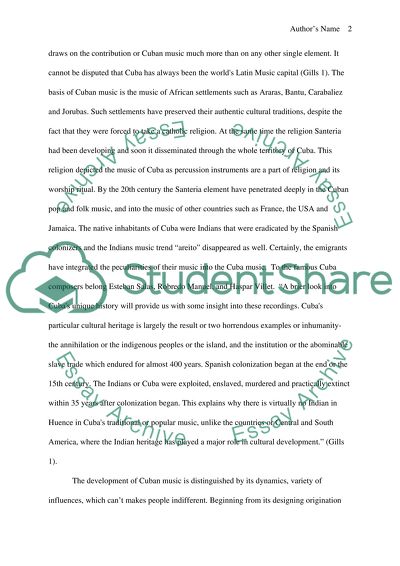Cite this document
(“Cuba Music and AfricanInfluence Essay Example | Topics and Well Written Essays - 1250 words”, n.d.)
Retrieved from https://studentshare.org/music/1496788-cuba-music-and-africaninfluence
Retrieved from https://studentshare.org/music/1496788-cuba-music-and-africaninfluence
(Cuba Music and AfricanInfluence Essay Example | Topics and Well Written Essays - 1250 Words)
https://studentshare.org/music/1496788-cuba-music-and-africaninfluence.
https://studentshare.org/music/1496788-cuba-music-and-africaninfluence.
“Cuba Music and AfricanInfluence Essay Example | Topics and Well Written Essays - 1250 Words”, n.d. https://studentshare.org/music/1496788-cuba-music-and-africaninfluence.


